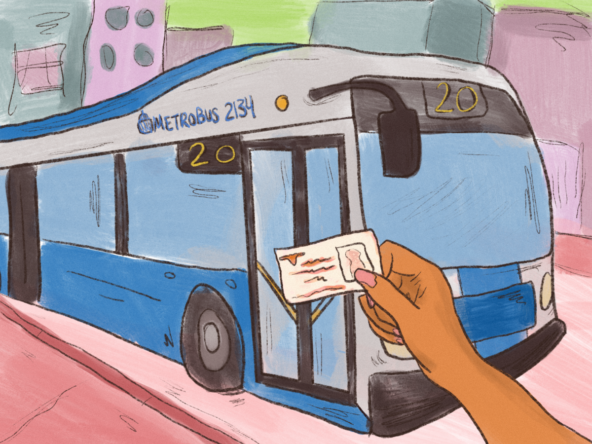Austin’s Safe Streets and Roads for All program received an additional $22.9 million in funding after City Council voted to appropriate a federal grant and required local match on Sept. 14. The money will go towards implementing safety improvements in over 60 locations.
The grant comes from the $5 billion allocated to Safe Streets for All programs nationwide, established under the Bipartisan Infrastructure Law. Austin’s grant award was announced in February. The city’s next step is to refine project locations and begin developing contracts to execute the projects.
Projects include major intersection safety improvements, added crosswalk markings, street lighting and an education safety campaign.
Pedro Valdez, an international Master’s student in the Latin American Studies Department, said he walks and bikes around Austin. Valdez said there are areas where he finds it difficult to bike alongside cars. He said he was recently in a bike accident near the University.
“The potholes were really bad,” Valdez said. “It was just on the bike lane part.”
Hyde Park resident Valdez said he’d also like more lighting in his neighborhood.
Joel Meyer, Vision Zero program manager, said the city recognizes many neighborhoods in Austin want better lighting. He said that a citywide lighting plan in partnership with Austin Energy will be one of the first projects from the grant.
“The Safe Streets and Roads for All grant is really going to allow us to rapidly expand that work we’re already doing,” Meyer said.
The grant is aligned with Austin’s commitment to Vision Zero, an international movement that aims to eliminate fatalities and serious injuries from traffic-related crashes.
“(Vision Zero is) a pretty wide-ranging initiative and it’s really important in Austin because 100 people die every year on our roads,” Meyer said. “These are our neighbors and our family members and our coworkers and these are all preventable tragedies.”
The city adopted Vision Zero in 2015 and set an “ambitious” 10-year goal to achieve their objective by 2025, Meyer said. However, while there have been “pretty significant reductions” at individual locations, overall numbers have not significantly decreased, Meyer said. He said it will likely take decades of sustained effort from the city to reach its goal.
Historically, the city relied on crash data to determine treatment locations, but over the past few years has taken a more proactive approach by monitoring risk factors, Meyer said.
The city’s Transportation and Public Works Department pledged that over half of the Safe Streets for All funds will be spent within “historically underserved communities,” as determined by the U.S. Department of Transportation, in alignment with the Austin Strategic Mobility Plan.
“In Austin, less than 7% of the population is Black,” Meyer said. “But when you look at the crash data, Black people represent 16% of fatalities and serious injuries in Austin.”
By investing in communities that see disproportionate impacts, Meyer said the city hopes to reduce disparities over time.
Meyer said the grant will allow Austin to go “even bigger and bolder” than they have in the past.
“We think that over time if we take this approach, that we can really start to address some of those historical inequities and hopefully reduce those disparities over time,” Meyer said.




